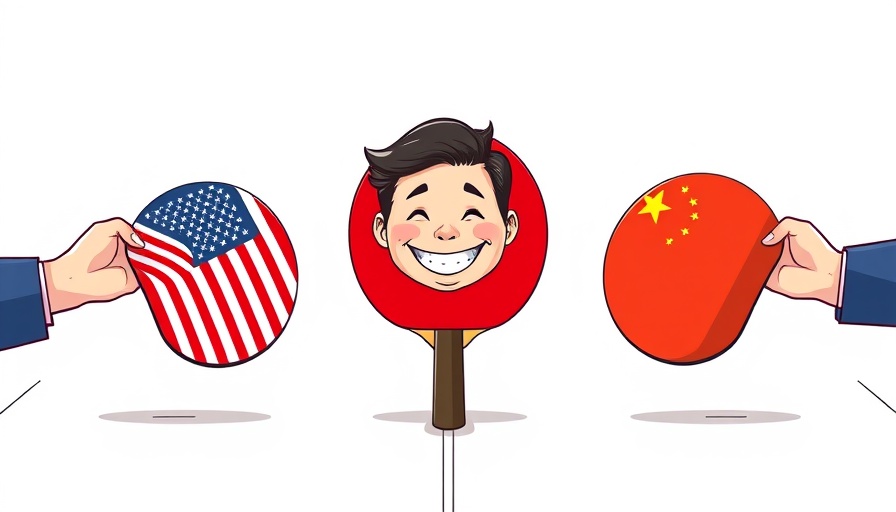
Understanding Trump’s Tariff Agenda and Its Impact
Trump's administration has positioned itself as a staunch advocate of protectionist economic strategies, notably through the imposition of tariffs. These tariffs raise the costs of foreign goods, which ostensibly aims to revitalize American manufacturing. However, as global companies explore production opportunities in the U.S., questions arise on whether these tariffs will genuinely stimulate investment or inadvertently raise operational barriers for businesses.
Market Reaction and Investment Opportunities
As the landscape evolves, international firms like Asahi and TSMC are expanding production in the U.S. due to its sizeable consumer market, which constitutes around 30% of global spending. Yet, there is a flipside; tariffs could escalate costs for these enterprises, particularly in sectors with high foreign revenue exposure, such as technology and energy. Analysis from Morgan Stanley indicates that firms utilizing defensive strategies may thrive under these conditions, positioning themselves as safer bets amidst tariff volatility.
The Reality for Foreign Investors
Not all investment sentiment is optimistic. Concerns voiced by industry insiders highlight how Trump's tariffs could exacerbate inflation and create an unwelcoming environment for investors, particularly from Japan. For instance, the Japan External Trade Organization noted the difficulties Japanese companies face amid rising costs, jeopardizing their interest in U.S. ventures despite overarching investment ambitions. As businesses navigate these complexities, understanding the operational cost implications due to tariffs becomes critical.
Future Considerations for Businesses
The current economic climate presents both challenges and opportunities for foreign companies eyeing the U.S. market. As tariffs dictate trade dynamics, businesses must remain agile and informed. Potential investors should consider not only the immediate benefits of operating in a lucrative market but also the longer-term implications of tariffs on material and labor costs. Strategic decision-making is imperative for companies seeking to maintain profitability in shifting scenarios.
Conclusion: Navigating the Tariff Landscape
As U.S. tariffs reshape the global investment narrative, businesses must adopt a balanced approach, weighing both the possibilities and risks. With insights from market analyses and economic trends, decision-makers can better strategize investment directions while maximizing returns in the evolving economic landscape.
 Add Row
Add Row  Add
Add 










Write A Comment